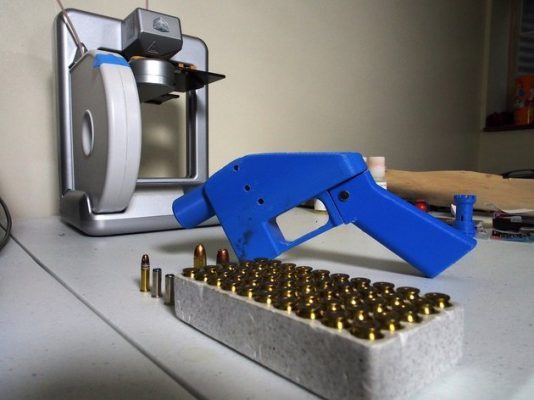Scientists Create New DNA Structure Using Backyard Pool Chemical


Cyanuric acid is not exactly a popular chemical. It is useful though. Cyanuric acid in stabilizing chlorine in backyard pools is essential in the disinfection of pools. However, there is more to cyanuric acid.
Apparently, the inexpensive chemical can readily coax DNA to form a brand new structure. This structure, researchers at McGill University believe, will be highly beneficial in the exploding field of nanotechnology.
DNA is a very interesting molecule with a remarkable function in most living organisms. Much of the intrigue behind the molecule is its fascinating ‘double helix’ structure discovered more than half a century ago by Watson and Crick.
Integral components of the DNA structure are the DNA alphabets (technically called DNA nucleobases). They are four in number and are complementary—A (Adenine), C (Cytosine), G (Guanine) and T (Thymine). These alphabets pair to form rungs that link together to form a twisted ladder that is the DNA double-helix structure.
Scientists had long discovered that DNA could be used in several nanotechnology applications aside its natural and more common biological role in living cells. To this end, scientists had crossed the bases or letters of DNA to build a variety of DNA structures that are viable for nanotech applications.

Still, scientists sought to develop a larger alphabet of DNA bases that offered more ‘leash’ to create more DNA structures with new, unique properties. Such attempts had been characterized by complicated and costly procedures.
That is until the McGill team discovered that cyanuric acid had three faces with the same binding features as thymine (T). Thus, cyanuric acid could easily pair up with adenine (A).
The researchers found out that when cyanuric acid was connected to adenine in a DNA structure, fibers formed that had a unique underlying structure. This structure formed the groundwork for the development of a new kind of nanofiber material.
The nanofiber material formed according to the team is revolutionary in that it is abundant, easy to access and highly structured with the possibility of being used in a variety of fields from medicinal chemistry to materials science and tissue engineering.
Lead author of the study, Hanadi Sleima, who is also the Canada Research Chair in DNA Nanoscience at McGill maintains that the discovery unveils a new method of how to make DNA assemblies. A method that could be used with many other molecules, other than cyanuric acid, to develop different DNA structures that could have applications in a range of technologies.
A paper on the study is published in the journal Nature Chemistry.









